Ferns are a distinct group of vascular plants and have been around for about 360 million years. Those early forests of fern ancestors produced the coal that we so rely upon today. The ferns are separated from the other vascular plant groups, conifers and flowering plants, in that they do not produce seeds, but spore. Ferns today range from tiny filmy ferns not much larger than a fingernail to tree ferns over 20 metres tall. The largest fern is said to be the Norfolk Island Tree Fern Cyathea brownii. There are about 130 indigenous species of fern growing in the greater Sydney region, out of a total for New South Wales of about 190 species.
The terms used to describe ferns are distinct from other plants, even though the parts of a fern reflect those of other plants. For example, the stems, branches and leaves of ferns have their own terms, namely stipe, rachis and pinnae. The creeping root of a fern is a rhizome while the unopened frond is called a crosier (crozier), the latter a distinct feature of ferns. The spore of ferns is produced in structures called sporangia which form distinct patterns below the fertile frond, where it is protected from the weather. The arrangement of the sori (an aggregate of sporangia) is an important feature to identify species.
The ferns can conveniently be divided into the following groups, although these are not taxonomic groupings. Examples of the species in each group occurring in the southern Sydney Basin are illustrated.
Tree Ferns
There are four species of tree fern in the region, namely Rough Tree Fern Cyathea australis, Straw Tree Fern Cyathea cooperi, Prickly Tree Fern Cyathea leichhardtiana and Soft Tree Fern Dicksonia antarctica. Cyathea cooperi has commonly been planted in gardens for a long time, and is now well established as an introduced fern. Natural populations are uncommon to rare, and sometimes difficult to identify as natural.
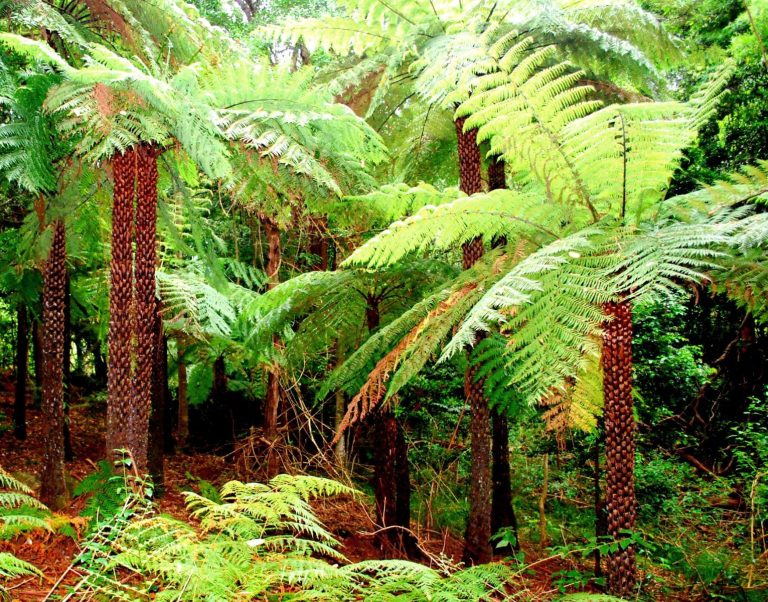

Filmy Ferns
These small ferns occur is very moist places and only one species is common, namely Common Filmy Fern Hymenophyllum cupressiforme. The other eleven species of filmy fern in the region are restricted to high altitude rainforest in very wet gullies. Some species grow on the trunks of tree ferns, while others occur on moist rock faces and mossy boulders.
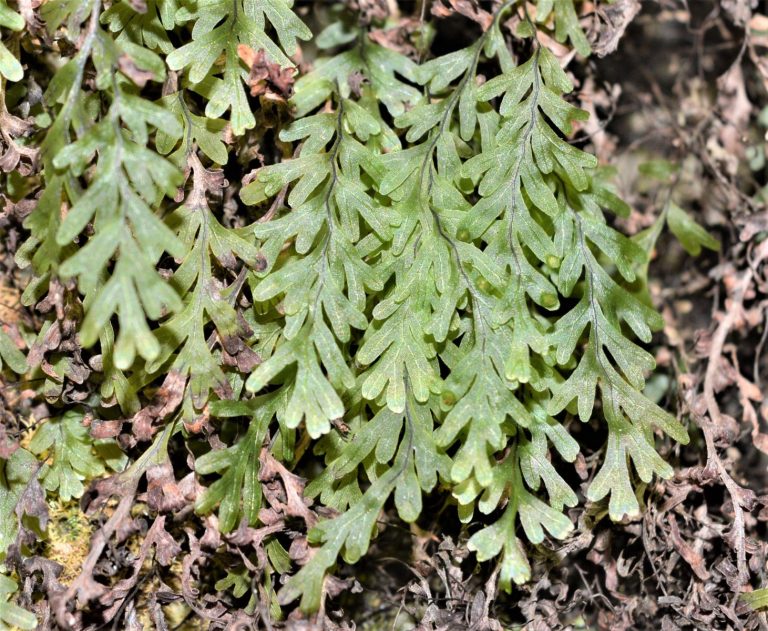
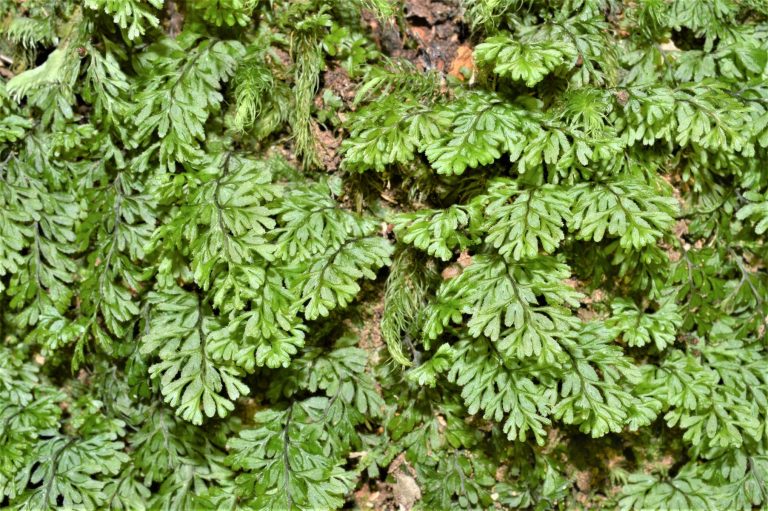
Epiphytes and Lithophytes
Epiphytes are plants that grow on other plants, but are not parasitic, using the tree or tree fern as a convenient place to grow but not taking nutrients from the host plant. Lithophytes grow on rock, in the case of ferns most often mossy boulders in rainforest. Well known epiphytes include Bird’s Nest Fern Asplenium australasicum, often grown in gardens, and Elkhorn Platycerium bifurcatum, also a common garden plant. The pendant fern Weeping Spleenwort Asplenium flaccidum often grows on the trunks of the Soft Tree Fern Dicksonia antarctica. Hare’s Foot Fern Davallia solida var. pyxidata is mostly a lithophyte associated with sandstone cliffs, but also occurs as an epiphyte in the base of Asplenium australasicum high in rainforest trees.
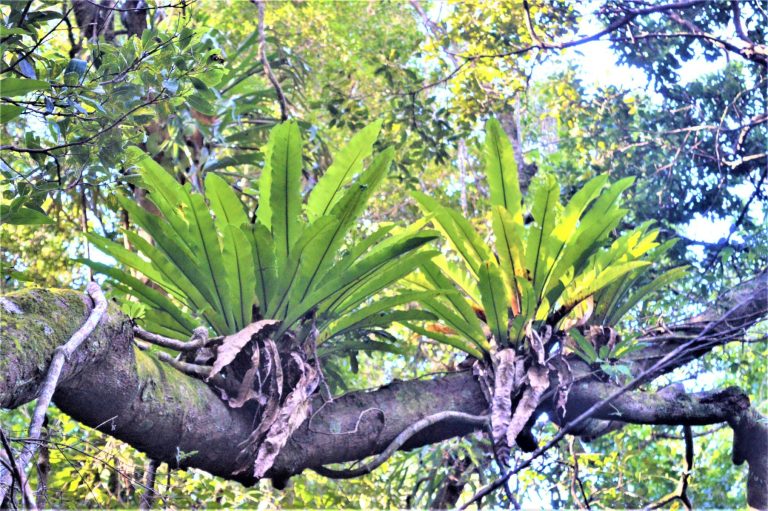
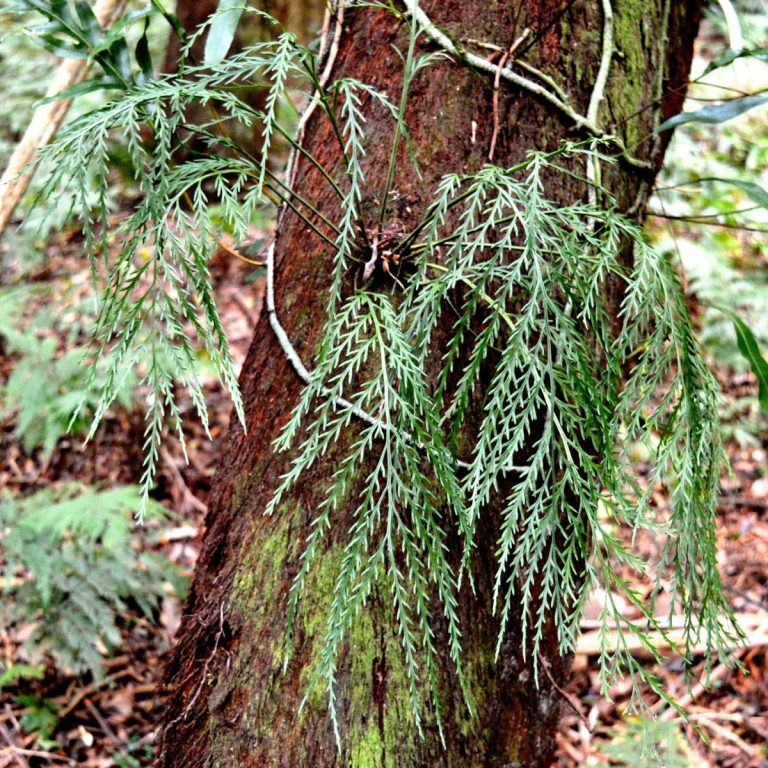
Ground (Terrestrial) Ferns
By far the largest group of ferns is the terrestrial or ground ferns. These range from quite small species such as Screw Fern Lindsaea linearis, found on sandstone, to ferns with fronds over two metres tall, such as Downy Ground Fern Hypolepis glandulifera and King Fern Todea barbara. Blechnum is the largest genus in this region, locally containing 14 species since the genus Doodia was sunk into Blechnum.
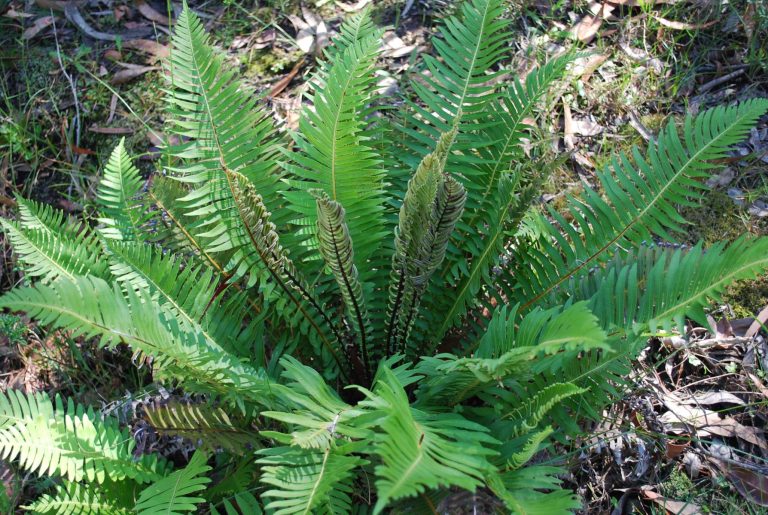

Climbing Ferns
Climbing ferns mainly grow in the ground and climb up tree trunks and over mossy boulders, although sometimes they will grow as epiphytes. Three common species are Climbing Fishbone Fern Arthropteris tenella, Fragrant Fern Dendroconche scandens (syn. Microsorum scandens) and Kangaroo Fern Zealandia pustulata (syn. Microsorum pustulatum). Zealandia pustulata also occurs as an epiphyte in high altitude rainforest, growing on the mossy branches of trees and the trunks of Soft Tree Fern Dicksonia antarctica.
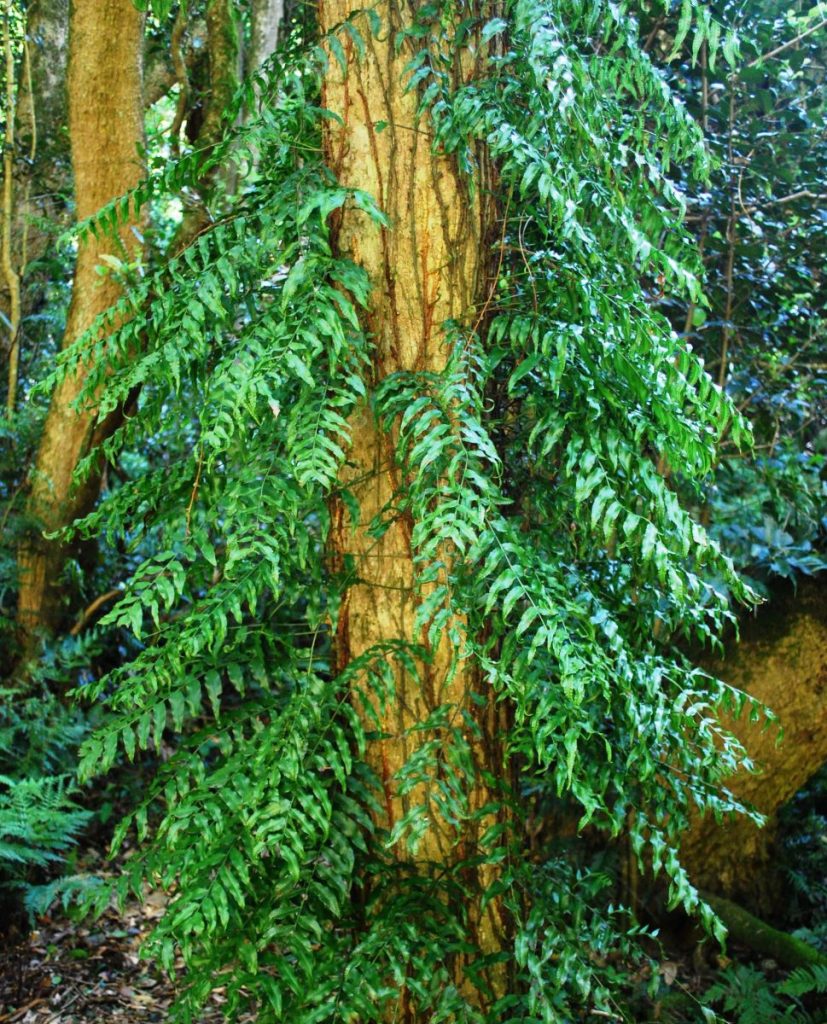
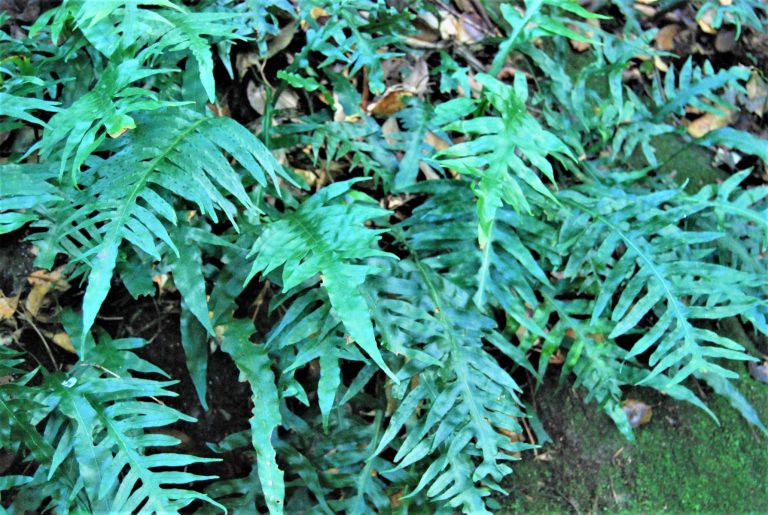
Aquatic Ferns
The number of local aquatic ferns, that is those ferns that grow entirely in freshwater, is not high. The most common aquatics are Ferny Azolla Azolla pinnata and Pacific Azolla Azolla rubra, often seen covering a small dam or detention basin in a floating red carpet. The invasive weed Salvinia Salvinia x molesta, one of the world’s worst aquatic weeds, occurs occasionally in dams and ponds.
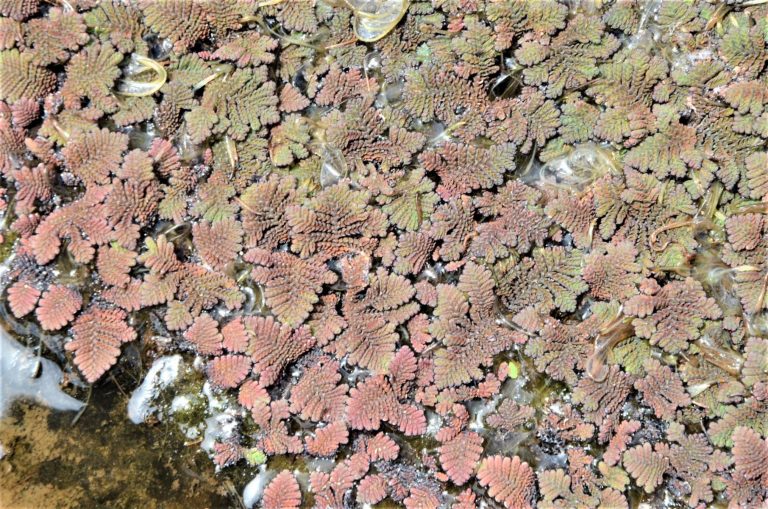
Fern Allies
Fern allies are closely related to true ferns, with links back to the origin of the ferns. These plants produce spore as do the ferns, but in this case the spore is contained in a ‘cone’ (at least most of the local species). Additionally, the fern allies do not produce fronds, but have small, closely-packed leaves. One common species is Swamp Selaginella Selaginella uliginosa, which occurs abundantly across the sandstone country. Carpets of small red plants are common along bush tracks in heath and woodland; the plants are green in the shade. The other local fern allies are much more restricted in their distribution.
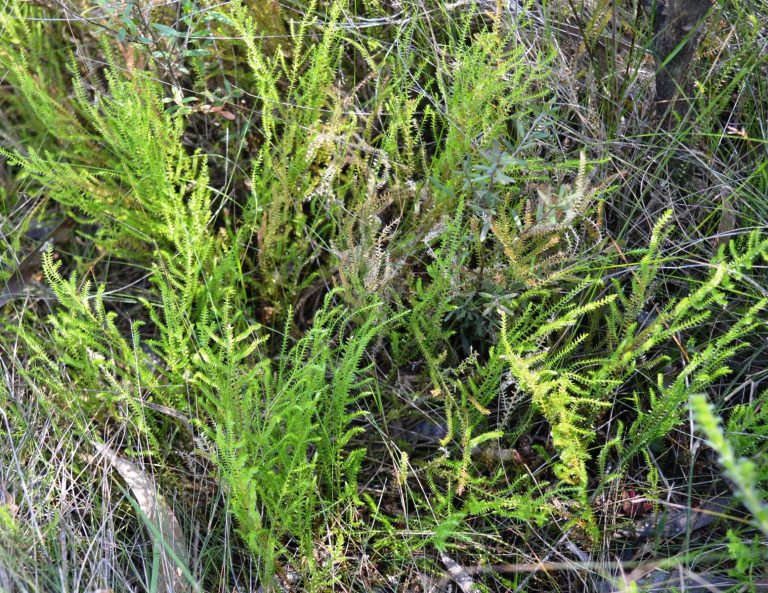

Sandstone Species
It is worth mentioning that the extensive sandstone country of the Sydney Basin supports a distinct group of ferns. These species have evolved to survive in a somewhat harsh environment, at least for ferns. The often dry and nutrient-poor soils of the sandstone and the prevalence of bushfire steered the evolution of these species. Most species readily grow back after drought or wildlfire, mostly by retaining an underground root system that can reshoot after the fire, despite the complete loss of their aerial parts. Common species on the sandstone include species of Sticherus and Gleichenia, each genus contains three species in this region, most of which are very common throughout the sandstone country
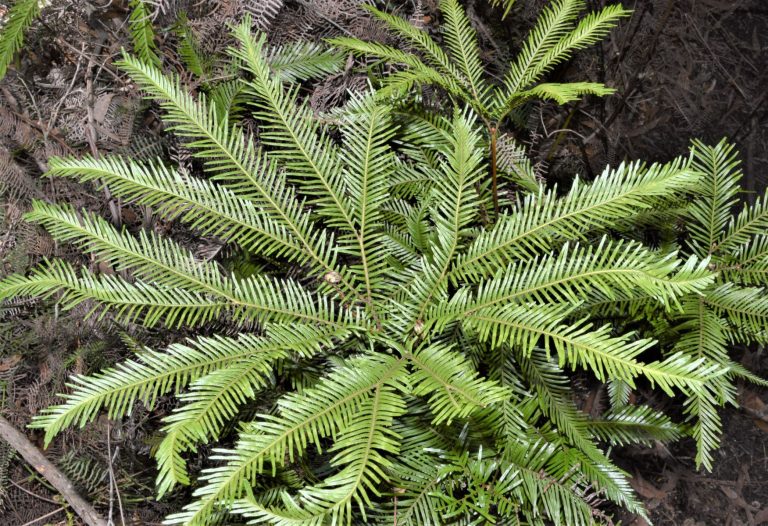
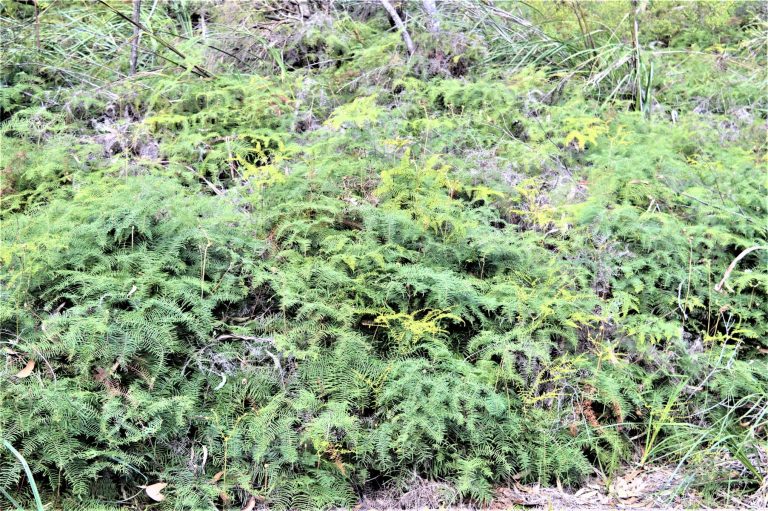
Naturalised Ferns
A few species of fern have escaped our gardens and become naturalised, that is reproducing in the wild without human assistance. The main species is Fishbone Fern Nephrolepis cordifolia. Two other species have been increasing in distribution and abundance in recent years. Green Cliff Break Pellaea viridis is widespread but still uncommon, while Holly Fern Cyrtomium falcatum is increasing its distribution along the coast and is now quite common north of Batemans Bay.
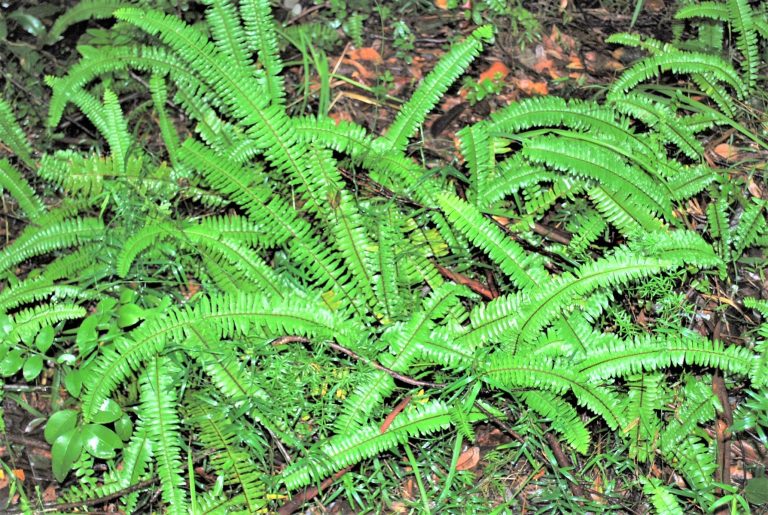
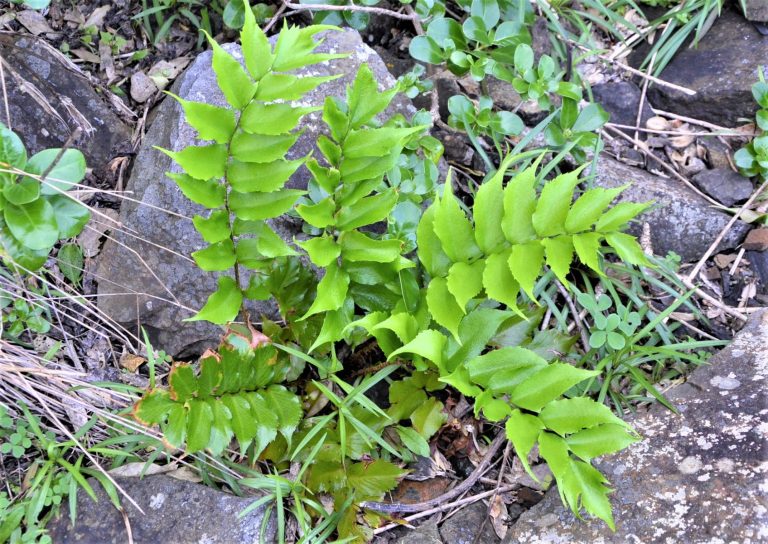
The author will be releasing a book on the ferns of the Illawarra and Shoalhaven region soon. It will cover almost all of the ferns found in the greater Sydney region.
